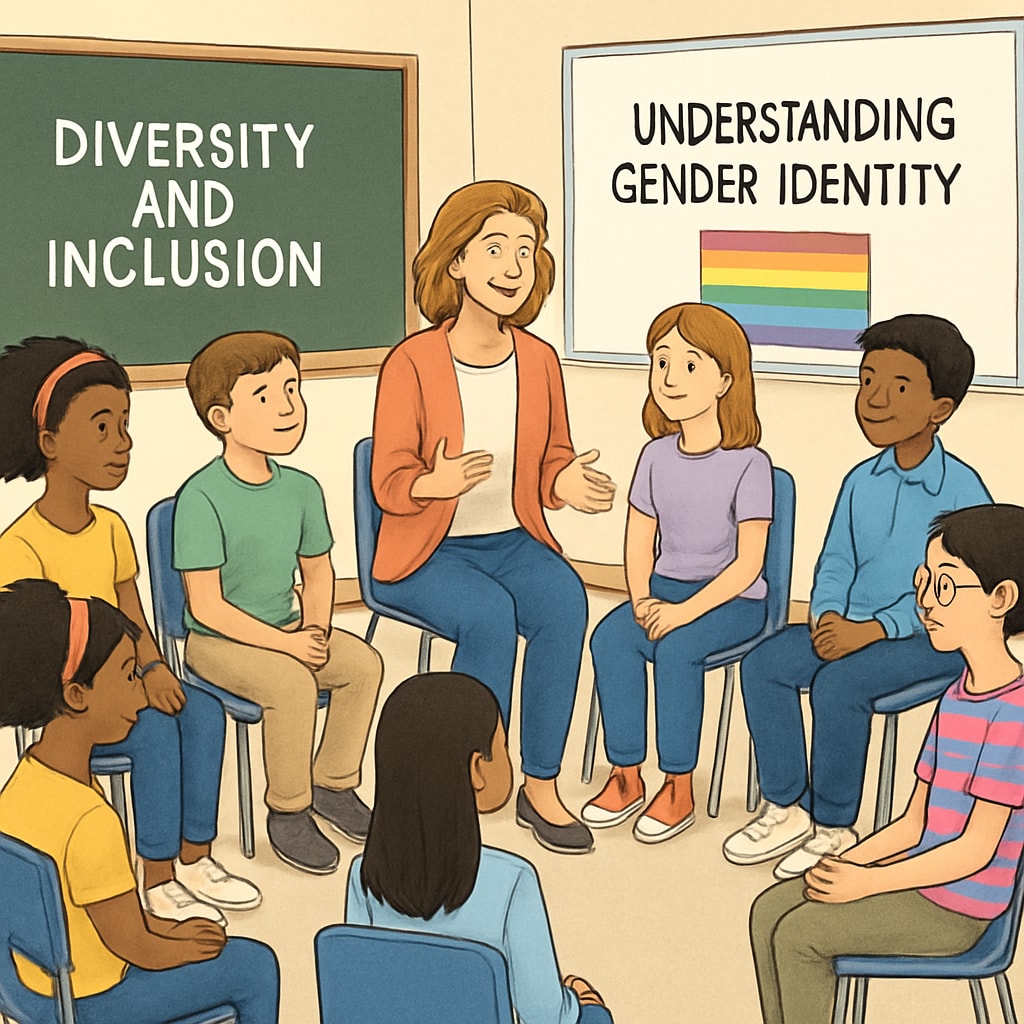Brown University’s recent decision to align its gender policy with the Trump administration’s binary definition of sex has raised critical concerns about the safety, rights, and inclusion of transgender students on campus. By defining gender strictly as a biological binary, this policy shift undermines the progress made toward creating inclusive educational environments. The implications extend beyond Brown University, potentially influencing K-12 education systems and setting troubling precedents for the treatment of transgender individuals in academic spaces.

The Shift in Gender Policy: A Step Backward
Brown University’s alignment with the Trump administration’s initiative to define gender based on biological characteristics at birth marks a stark departure from more inclusive approaches. This policy, which views gender as strictly male or female, disregards the lived experiences of transgender and nonbinary individuals. For transgender students, such a stance can create an atmosphere of exclusion and potential discrimination.
In practice, this means that transgender students may lose access to gender-affirming resources, such as housing aligned with their gender identity or inclusive bathroom facilities. Moreover, the policy shift sends a damaging message about whose identities are validated and protected within the academic community.
Implications for Campus Safety and Belonging
For many transgender students, feeling safe and accepted on campus is essential for academic success and personal well-being. Policies that fail to recognize their gender identities can lead to increased anxiety, lower self-esteem, and a sense of alienation. A 2021 study by the Trevor Project found that LGBTQ+ students are significantly more likely to face mental health challenges, particularly when their identities are invalidated by institutional policies.
Furthermore, the policy change could embolden discriminatory behavior among peers or staff who interpret the university’s stance as justification for intolerance. This creates a ripple effect, where the lack of institutional support for transgender students fosters a hostile environment, undermining the university’s commitment to diversity and inclusion.

Broader Consequences for K-12 Education
The repercussions of this policy shift are not confined to higher education. As a prestigious Ivy League institution, Brown University often serves as a model for other academic institutions. By adopting a restrictive gender policy, the university risks encouraging similar changes in K-12 schools, where young transgender students are already vulnerable to bullying and discrimination.
In K-12 environments, policies that fail to affirm transgender identities can have severe consequences. For example, research from GLSEN (Gay, Lesbian & Straight Education Network) highlights that schools with inclusive policies see lower rates of harassment and higher levels of student engagement among LGBTQ+ youth. Therefore, Brown University’s policy change may indirectly influence the adoption of less inclusive practices in primary and secondary education, exacerbating existing inequalities.
What Educators and Institutions Can Do
While the policy change at Brown University is concerning, it also underscores the critical role that educators and administrators play in fostering inclusive environments. To mitigate the negative effects of restrictive gender policies, schools and universities can take the following steps:
- Adopt clear anti-discrimination policies that explicitly protect transgender and nonbinary students.
- Provide gender-affirming facilities, such as all-gender restrooms and housing options.
- Offer training programs for staff and faculty to promote understanding and support for LGBTQ+ students.
- Create platforms for transgender students to share their experiences and advocate for their needs.
By prioritizing these measures, educational institutions can counteract the harmful effects of restrictive policies and demonstrate a commitment to the dignity and rights of all students.
Conclusion: A Call for Advocacy and Awareness
Brown University’s shift in gender policy, in alignment with the Trump administration’s binary definition of sex, poses significant challenges for transgender students, threatening their sense of safety and belonging. The broader implications for educational equality, particularly in K-12 settings, highlight the urgent need for advocacy and awareness. Educational institutions must lead by example, upholding inclusive practices that affirm and protect the identities of all students. Only through collective efforts can we ensure that education remains a space of opportunity and acceptance for everyone.
Readability guidance: This article uses accessible language and a clear structure to ensure readability. Key points are summarized in lists, and transitions are utilized to maintain flow. The content avoids excessive passive voice and long sentences, prioritizing clarity and engagement.


